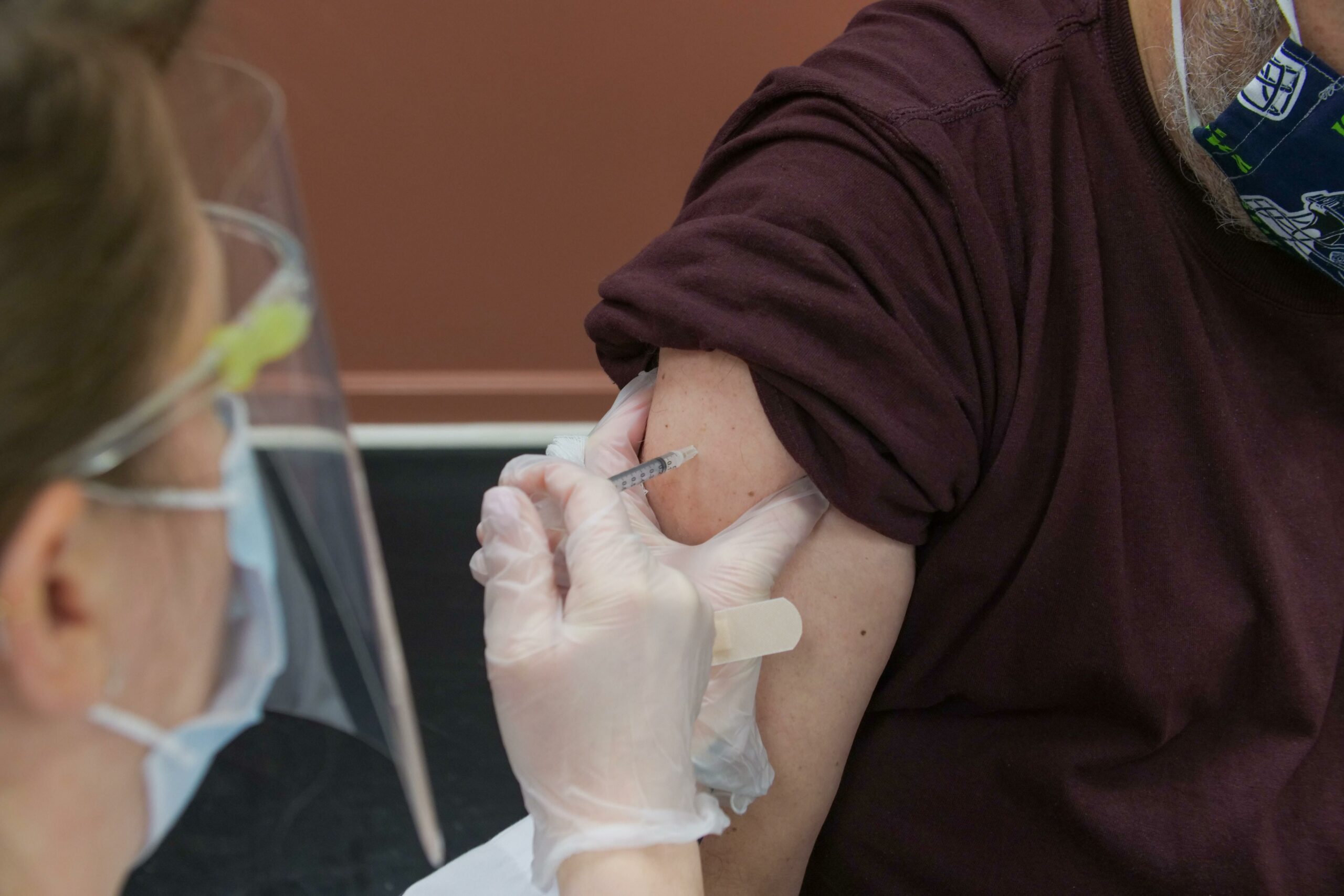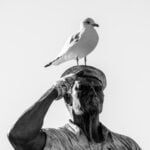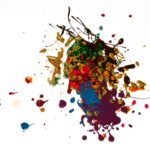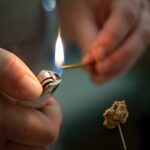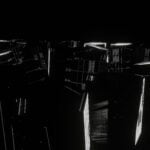Are you ready to embark on a journey back in time to ancient China, where the secrets of acupuncture await? Brace yourself for a captivating exploration of the fascinating practice that has stood the test of millennia. In this article, we will delve into the depths of history and unravel the hidden truths surrounding acupuncture in ancient China. Get ready to uncover the origins, techniques, and cultural significance of this ancient art. So, fasten your seatbelts and prepare to be mesmerized by the incredible facts about acupuncture in ancient China. Let’s embark on this enlightening journey together!
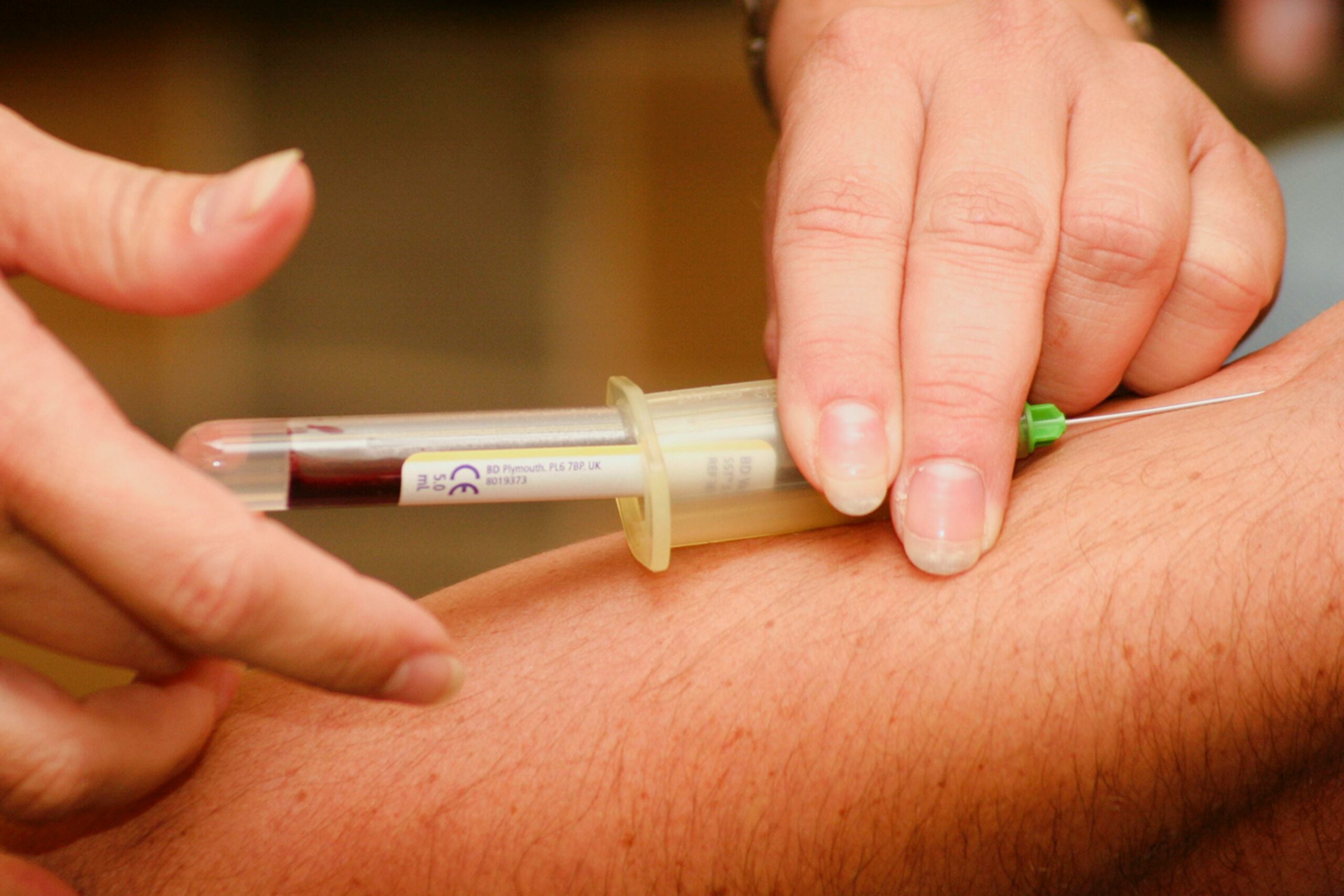
Facts About Acupuncture In Ancient China
Acupuncture, an ancient Chinese healing practice, has intrigued and fascinated people around the world for centuries. It involves the insertion of thin needles into specific points on the body to relieve pain and promote overall well-being. Let’s delve into some key facts about acupuncture in ancient China that will shed light on this remarkable and enduring practice.
1. The Origins of Acupuncture
Acupuncture has its roots in ancient China, with the first known record of its use dating back to the Shang Dynasty in 1500 BC. This period marked the beginning of using acupuncture to treat diseases and restore balance in the body. The practice evolved and thrived even during the subsequent dynasties, becoming an integral part of traditional Chinese medicine.
“Ancient China’s fascination with acupuncture began centuries ago, paving the way for a timeless practice that continues to captivate people today.”
2. The Yellow Emperor’s Classic of Internal Medicine
The Nei Jing, famously known as the Yellow Emperor’s Classic of Internal Medicine, is the oldest known text about acupuncture. Believed to have been written around 200 BC, it serves as the foundation for understanding the theories and techniques employed in acupuncture. This ancient text discusses the flow of energy, known as Qi, through meridians and the concept of yin and yang, all vital aspects in acupuncture.
“The Yellow Emperor’s Classic of Internal Medicine stands as a testament to the wisdom and knowledge of ancient Chinese scholars, providing invaluable insights into the principles of acupuncture.”
3. The Fine Art of Needling
At the heart of acupuncture lies the technique of inserting thin needles into specific points on the body. These needles, typically made from stainless steel, are remarkably thin, ensuring minimal discomfort during the procedure. Acupuncturists strategically select these points, called acupoints, to stimulate the flow of Qi and restore balance. Acupuncture’s effectiveness in relieving pain and promoting healing has been recognized by modern doctors around the world.
“Imagine a skilled acupuncturist, gently navigating the intricate network of meridians and delicately inserting fine needles at acupoints like an artist creating a masterpiece.”
4. A Global Reach
While acupuncture originated in China, its popularity has transcended borders and continents. Today, acupuncture is practiced not only in China but also in Europe, the Americas, and Australia. This global acceptance is a testament to the effectiveness and enduring appeal of acupuncture as a therapeutic modality for a wide range of health conditions.
“From East to West, acupuncture has become a universal language of healing, embraced by diverse cultures worldwide.”
5. Modern Acceptance
In modern times, acupuncture’s benefits have gained recognition from the medical establishment. Doctors now accept that acupuncture is effective in controlling pain and alleviating various symptoms, such as nausea. Scientific studies have explored the mechanisms behind acupuncture’s effectiveness and further validated its use as a valuable complementary therapy. As a result, acupuncture is increasingly incorporated into the treatment plans of patients seeking holistic and natural approaches to their health.
“The evolving acceptance of acupuncture by modern medical practitioners underscores its profound impact on pain management and overall well-being.”
In conclusion, acupuncture in ancient China flourished as a significant healing practice, rooted in profound knowledge of the human body and its energy systems. These acupuncture facts not only unveil the secrets behind this ancient art but also highlight its enduring relevance in the modern world. From its origins in ancient China to its global reach today, acupuncture continues to captivate and provide relief to countless individuals seeking a holistic approach to their health and well-being.
“Through the ages, acupuncture has transformed from an ancient art into a timeless testament of human ingenuity and our innate desire for balance and well-being.”
Acupuncture has been practiced for centuries and continues to be a popular holistic therapy today. If you’re curious about this ancient healing technique, you’ll definitely want to check out our collection of fun facts about acupuncture. From its origins in China to its use in modern medicine, this article covers everything you need to know. So why wait? Click here to delve into the fascinating world of acupuncture: Fun Facts About Acupuncture. You won’t be disappointed!
Facts About Acupuncture In Ancient China
Acupuncture has a rich history that dates back thousands of years, and Ancient China is often seen as the birthplace of this traditional practice. Delving into the fascinating world of acupuncture facts in ancient China, we uncover intriguing discoveries. From the use of thin needles to harmonize the flow of vital energy known as “qi,” to the belief that acupuncture could cure various ailments, this alternative medical technique continues to captivate the curious minds of modern-day practitioners and enthusiasts.
For more information on ancient China acupuncture facts, click here: Ancient China acupuncture facts
Acupuncture facts in ancient China are a treasure trove of ancient wisdom and healing practices. The ancient Chinese were pioneers in using acupuncture as a medical treatment, using it to alleviate pain, treat diseases, and bring balance to the body and mind. Discover the secrets behind the intricate meridian system and the profound impact it had on the ancient Chinese people’s well-being and overall health.
Explore further on the topic of acupuncture facts in ancient China by clicking this link: Acupuncture facts in ancient China
Ancient Chinese acupuncture facts reveal the remarkable knowledge and expertise possessed by the ancient Chinese in this therapeutic art. They recognized the interconnectedness of the body, mind, and spirit, and sought to restore harmony using the power of acupuncture. Uncover the wisdom behind the specific acupuncture points, the role of Yin and Yang, and the historical context that shaped this ancient Chinese practice.
Unveil more about ancient Chinese acupuncture facts by clicking here: Ancient Chinese acupuncture facts
As you immerse yourself in the world of acupuncture in ancient China, you’ll gain a deeper understanding of its historical significance and profound impact on traditional medicine. The mysteries and wisdom preserved within the annals of ancient Chinese acupuncture are waiting to be explored, inviting you to embark on a journey of discovery and enlightenment.
Acupuncture and Moxibustion: Ancient Chinese Healing Techniques
[youtube v=”G87SfHPHj0A”]
Introduction
Acupuncture and moxibustion are ancient techniques rooted in traditional Chinese medicine. They involve the insertion of needles into specific points on the body or the burning of moxa to promote healing and balance. These techniques have a rich history, dating back to ancient Chinese culture, and are based on the concepts of yin and yang and the channels and acupuncture points in the body.
The Holistic View of Unity Between Man and Nature
In traditional Chinese medicine, there is a deep belief in the interconnectedness between humans and the natural world. The holistic concept of unity between man and nature guides the practices of acupuncture and moxibustion. This concept is derived from ancient Chinese philosophy and explains life activities through the theory of yin and yang. The balance between yin and yang governs both nature and the body’s interior, and any disruption to this balance can result in disease.
“The holistic view of the human body as an integral whole is a foundational principle of acupuncture and moxibustion.”
The Channels and Acupuncture Points
Acupuncture and moxibustion are based on the discovery and understanding of channels and acupuncture points within the body. Through long-term practice, acupuncturists have identified specific points that correspond to various organs, systems, and health conditions. This systematic theory consists of twelve channels, which correspond to the twelve months, and 365 acupuncture points, mirroring the 365 days of the year.
“The channels and acupuncture points in the body serve as a roadmap for effective treatment and healing.”
The Techniques and Tools
In acupuncture, needles are the primary tool used for treatment. Historically, needles were made of special stones or metals, but today they are typically made of stainless steel. Different techniques, such as lifting, thrusting, twirling, and rotating, are used to puncture and stimulate the specific acupuncture points. Moxibustion, on the other hand, utilizes the moxa plant, commonly known as Artemisia. Moxa sticks or combs, made from processed moxa leaves, are used to warm specific points on the body, promoting balance and health.
“Acupuncture and moxibustion techniques aim to restore balance in the body and alleviate pain and illness.”
The Constant Evolution of Acupuncture and Moxibustion
Throughout history, acupuncture and moxibustion have evolved and adapted in response to the environment and interactions with nature. This has led to the formation of characteristic regional, group, or individual schools, each with its own unique approaches and techniques. Acupuncture masters pass down their knowledge through apprenticeships, ensuring the continuity and development of this ancient tradition.
“The continuous development of acupuncture and moxibustion reflects their relevance and effectiveness in promoting health and well-being.”
Conclusion
Acupuncture and moxibustion are ancient Chinese healing techniques deeply rooted in traditional Chinese medicine. These practices have gained recognition both within and outside of China for their effectiveness in pain management, symptom alleviation, and promoting overall health. Through the centuries, acupuncture and moxibustion have evolved and adapted, demonstrating their enduring value as natural and holistic therapies.
FAQ
Q: What is acupuncture?
A: Acupuncture is an ancient Chinese form of healing that involves piercing the skin with thin needles to relieve pain.
Q: When was acupuncture first practiced?
A: The first record of treating disease with acupuncture dates back to 1500 BC during the Shang Dynasty in ancient China.
Q: What is the oldest known acupuncture text?
A: The Nei Jing, or Yellow Emperor’s Classic of Internal Medicine, is the first known acupuncture text.
Q: Is acupuncture still practiced today?
A: Yes, acupuncture is still practiced today and has gained popularity in Europe, the Americas, and Australia.
Q: What can acupuncture treat?
A: Modern doctors accept that acupuncture can control pain and nausea, making it a valuable treatment option for various conditions.
